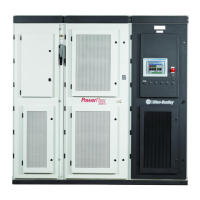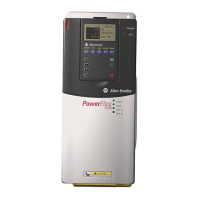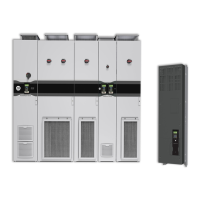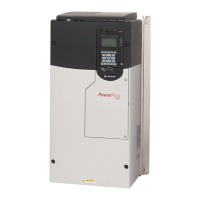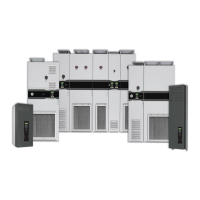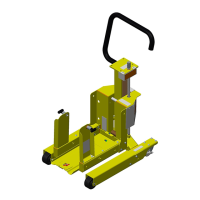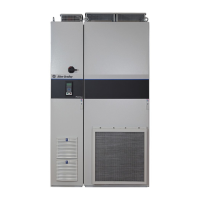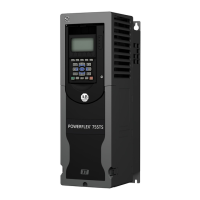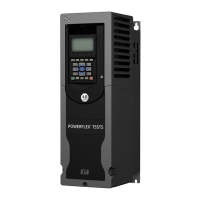1-16 Functional Description
7000-TD002A-EN-P – September 2007
Motor Model The function of the motor model block (Figure 1.8) is to determine
the rotor flux position (Flux Angle), flux feedback (Flux Feedback),
applied stator frequency (Stator Freq), slip frequency (Slip
Frequency) and motor operating variables like stator current (Stator
Current), stator voltage (Stator Voltage), torque (MtrAirGap
Torque), power (MotorAirGap Power) and power factor (Mtr Pwr
Factor).
The PowerFlex 7000 uses Rotor Flux oriented control to achieve
independent control of motor flux and torque. This is achieved by
synchronizing the machine converter gating to Flux Angle. To
determine the flux feedback, stator frequency and the synchronizing
reference frame the drive uses either the Voltage or the Current
model. For speeds greater than 3Hz, the drive uses the voltage model
(from measured motor voltage and current) to calculate the Flxfbk
VoltModel, and StatFreq VoltModel. Below 3Hz, the drive uses the
current model to calculate Flxfbk CurModel, and StatFreq
CurModel. The current model is based on indirect vector control and
uses the d-q components of stator current along with motor
parameters T Rotor and Lm Rated. Based on the operating speed of
the drive and the speed feedback mode (Sensorless or Pulse Tach), a
flux select algorithm determines the model to be used. Motor model
also calculates the Slip Frequency which is used in the calculation of
the motor speed (Speed Control) in Sensorless mode and for
determining the rotor flux position in Pulse Tach mode.
The synchronously rotating frame (Flux Angle) is used in
transforming the measured motor currents and voltages into d-q
components. The direct axis components are in phase with the rotor
flux, while the quadrature axis components are displaced 90 degrees
from the rotor flux. The stator current (Stator Current) and voltage
magnitudes (Stator Voltage) are calculated by taking the square root
of the sum of the squares of the respective d-q components. The
motor Torque is calculated by multiplying the Flux Feedback and I
sq
with motor torque constant. Torque multiplied by the motor speed
gives the Mtr AirGap Power. Mtr Power Factor is determined as the
ratio of motor active power and the apparent power.
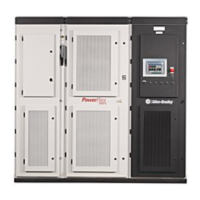
